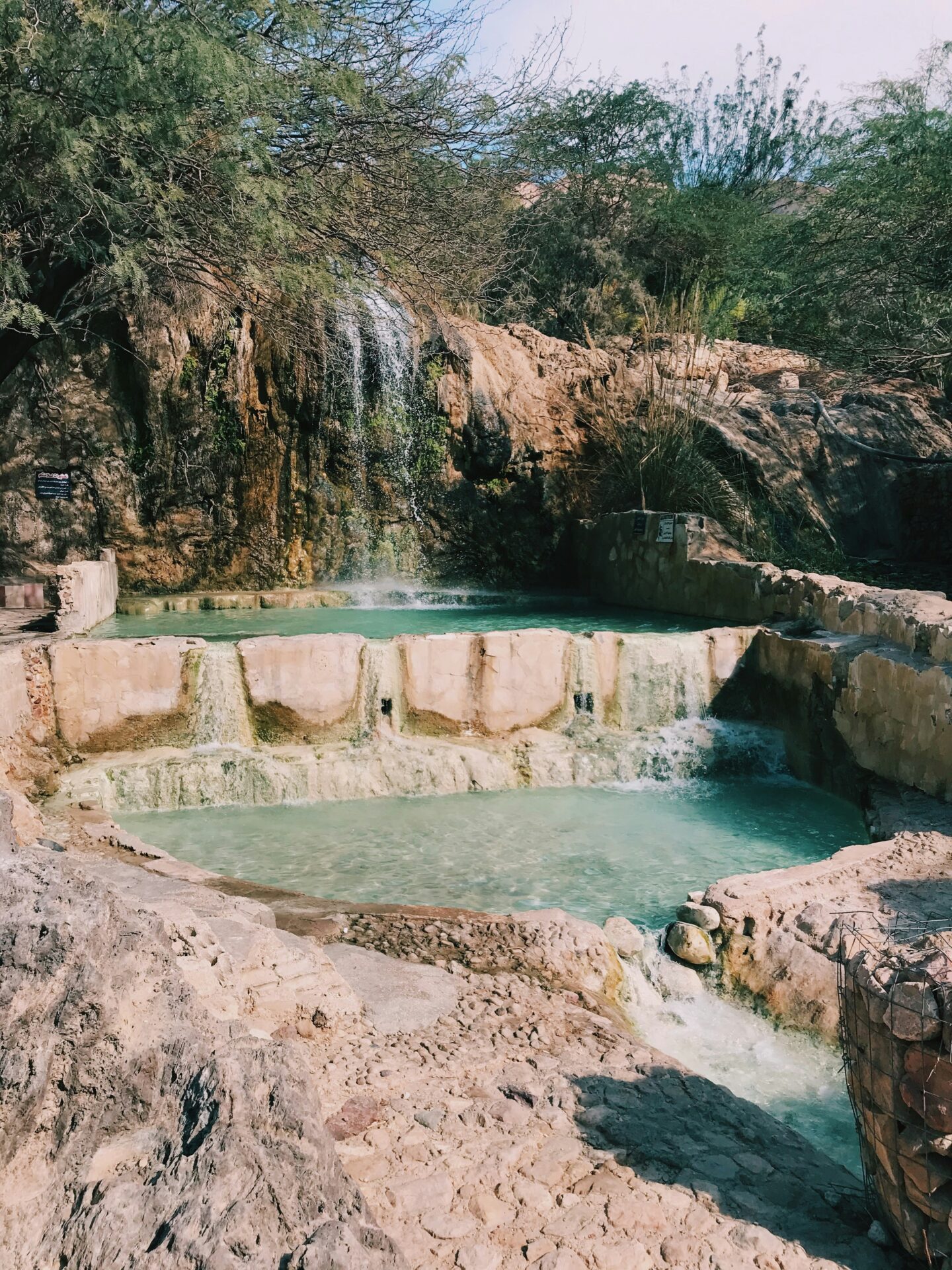
Discover Banaue with Happiness Travel and Tours
Banaue is a destination like no other — where 2,000-year-old rice terraces, carved by the ancestors of the Ifugao people, stretch across mountain slopes in majestic layers. The terraces are not only a marvel of engineering and sustainable farming, but also a living cultural landscape. Visiting Banaue is both a scenic and spiritual experience — a chance to connect with nature, history, and the wisdom of traditional Filipino communities
About Banaue:
Located about 1,200 meters above sea level, Banaue is the gateway to a vast network of rice terraces that includes Batad, Bangaan, and Mayoyao. These terraces are UNESCO World Heritage sites and are still used for farming today.
Beyond the iconic views, Banaue offers immersive encounters with the Ifugao people, known for their craftsmanship, traditional houses, wood carvings, and cultural resilience. Life in Banaue moves at a slower, gentler pace — inviting travelers to step off the grid and into timeless beauty
Visit Banaue Tours
View allHow to get to Banaue:
Banaue is accessible by land mainly
The most common route is:
By Air: Flight from Manila to Cauayan Airport and land transfer by van with 3-4 hours journey
By Bus: Several overnight buses depart Manila daily, with a 9–10 hour journey to Banaue. Reliable operators include Ohayami Trans and Coda Lines.
By Car: Self-driving or hiring a private van is also an option, especially if you plan to continue exploring nearby provinces like Sagada or Baguio.
Note: Roads are winding and mountainous — best to travel during the dry season for safer conditions.
Best time to visit Banaue:
The ideal time to visit Banaue is between March and June, when the rice terraces are at their greenest and most photogenic.
If you want to witness the harvest season, aim for July to August. The cool months of November to February are also pleasant, but bring a jacket — temperatures can dip in the evenings.
Avoid the peak of the rainy season (late August to October) due to muddy trails and the risk of landslides.
Top activities in Banaue:
- View the Banaue Rice Terraces: Head to the Banaue Viewpoint for sweeping panoramas of these ancient, hand-carved marvels.
- Trek to Batad Rice Terraces: A UNESCO World Heritage Site, Batad features amphitheater-shaped terraces best reached by scenic hike. Reward yourself with a visit to Tappiyah Falls afterward.
- Visit the Traditional Ifugao Villages: Discover indigenous culture in villages like Bangaan, where locals still live in traditional huts with thatched roofs.
- See the Banaue Museum: Learn about the rich heritage of the Ifugao people through artifacts, textiles, and history.

